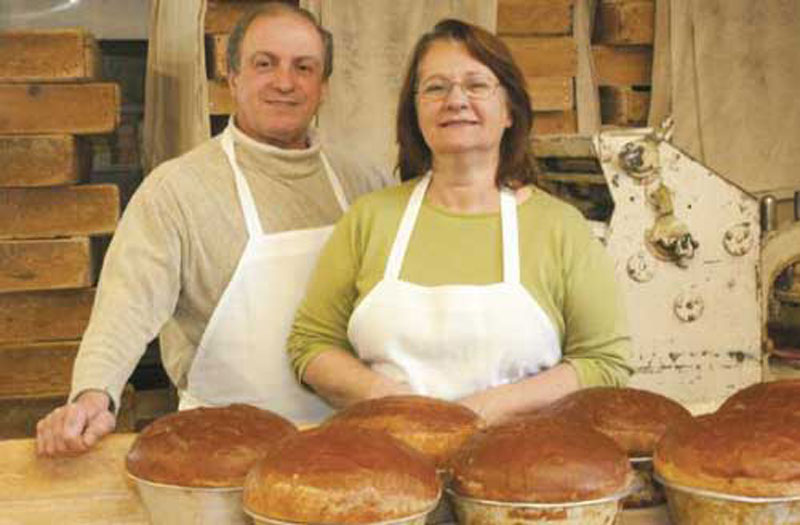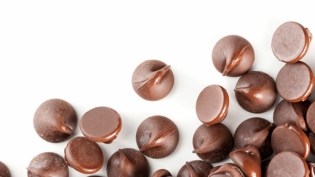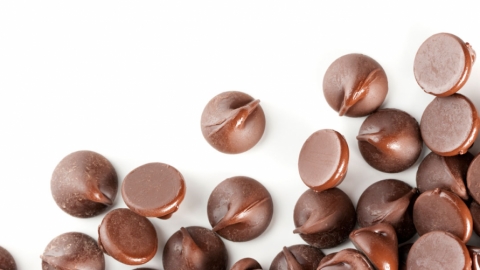Portuguese Sweet Bread Giving Rise to Great Dough
You never forget your first time.
Mine was about 19 years ago, in a car parked on a Fox Point street.
“Can’t you wait until we get home?” I asked my girlfriend at the time.
“No,” she said breathlessly. “I want it now!”
And with that she tore off a hunk of bread and stuffed it in her mouth. I watched for a moment as she emitted sounds of pleasure, then shrugged and followed her lead.
She was right. Portuguese sweet bread doesn’t need to be toasted or buttered to be enjoyed. It’s good just the way it is.
My first sweet bread was purchased from Silver Star Bakery in Providence, an 80-year-old Portuguese bakery purchased by Pedro and Eduarda Ferreira in 1989. Pedro Ferreira is from Ponta Delgada on the island of São Miguel in the Azores, and he remembers his grandmother making sweet bread back in the old country, more than 50 years ago. In Portuguese it’s massa sovada—meaning, he offers, “hit hard,” because the stiff dough requires aggressive kneading. The result is surprisingly heavy but very soft bread with a tender crumb. He says most industrial mixers aren’t up to the task; Silver Star uses an old heavyduty mixer from a defunct Pawtucket doughnut shop.
Ferreira’s family lived in town, where few people had the big ovens required to make the bread. His grandmother lived in the country and made the bread the traditional way. The ingredients were relatively inexpensive and easy to obtain: flour, eggs, sugar, water, milk, a little salt and lard.
The breads were made year-round for daily use, or for special occasions like weddings but more often in the winter and spring, because the butchering of animals took place in winter. From pigs would come the lard, an essential ingredient. The dough was set out in clay bowls and covered with a blanket to allow it to rise.
Sweet bread has a prominent role in the celebration of Easter, and to a lesser extent Christmas. At Easter, Ferreira’s grandmother would add hard-boiled eggs to the top of the breads for the children, sort of the Portuguese equivalent of an Easter egg hunt. When the eggs are included, the bread is called folare. A large bread might have four or five eggs; a small bread, just one. He says his grandmother would place a cross of dough over each egg to keep it in place. The eggs and cross symbolize the rebirth and resurrection of Jesus Christ. The Ferreiras are considering bringing this tradition back to the bakery in the future.
At Silver Star they substitute real butter for the lard, and use extra eggs to make a moist, dense, golden yellow bread. The Ferreiras don’t use a “sponge,” a wet batter with yeast added, preferring to allow their dough to rise slowly. It takes about 12 hours to produce a batch of sweet bread. This makes for a denser product—something that, Ferreira says, frugal Portuguese ladies look for. No preservatives are used in the bread. “We do everything the old-fashioned way,” says Eduarda Ferreira. Silver Star supplies sweet bread to CAV, Rue De L’Espoir, the Coffee Exchange, Z-Bar and Women & Infants Hospital, among others.
On the home front, my friend Belmira “Bel” McGowan has fond memories of her mother, Mary G. Silva, making sweet bread for Easter. The family moved to Bristol from São Miguel when Bel was only 2 years old. Silva brought all of her sweet bread pans with her from the old country, and she still uses them. What she didn’t think to bring was measuring cups. This was a problem as she had always measured in metric, and she not only had to adapt her recipes but had to learn our wonky English system from scratch.
Now 90, Silva still does as much as she can, delegating only the kneading to her daughters. She makes 25 to 45 pounds of dough at a time, enough to make dozens of loaves of varying sizes for her extended family, some for neighbors and some to donate to her church.
Silva has taught many of her Bristol neighbors to make the bread her way. For instance, she always uses duck eggs if she can get them, because the yolks are bigger and give the bread a more yellow hue. She douses the dough with whiskey “for luck,” and covers it with a blanket to rise (“So the bread won’t catch cold,” as she told her children). She’s also sure to make the sign of the cross over the dough. Bel remembers ladies showing up at her house, sweet bread in hand, so her mother could critique their efforts.
Silva makes several sizes of bread so each of her family members can have one suited to their age. Some of the smallest are made without a pan, just free form on a baking sheet. Bel says she always ate her egg first, then the bread throughout the day. Her sister would eat the bread first and save her egg for later, hiding it in the back of the fridge.
Silva has a strong preference for naturally colored eggs (some bakers chose to color the eggs first). She goes to great lengths to find fresh bluish-green Araucana eggs. Store-bought eggs won’t do.
After church on Easter Sunday, Silva hosts a big get-together for family and friends at her house, and a major component is an enormous sweet bread with a number of eggs on top, each secured with a cross of dough. Also on the table are two big pans of sweet rice (akin to a thick rice pudding) each decorated with a cross of powdered cinnamon. The sweet rice is cut into slabs with a knife and enjoyed on slices of sweet bread.
Bel strongly recommended I try out the sweet bread at Amaral’s Fish & Chips in Warren. It’s made every Wednesday by 78-year-old Zelia Amaral, who also hails from São Miguel. She learned from her mother. She makes 60 loaves a week, baking 12 at a time. She used to make more when she was younger, and up until three years ago she’d knead all the dough herself. Her sons, Donald and Tony, persuaded their mother to switch to a commercial mixing machine. Taking Bel’s advice, I was able to sample a loaf but recommend getting there on time—the bread sells out quickly.
There are many ways to enjoy sweet bread: plain buttered, toasted or as French toast (Pedro Ferreira smilingly says this ought to be called “Portuguese toast”). When stale, leftovers make terrific bread pudding. Bel suggests that stale bread is quite tasty crumbled up in milk with a sprinkle of cinnamon. Eduarda Ferreira says she likes a sweet bread sandwich with a nice sharp cheese. The Amarals say it’s “delicious dipped in herbal balsamic vinegar or herbal olive oil.”
Despite all these choices, my inclination is still to eat Portuguese sweet bread plain and by the handful. Just how I had it my first time.
Silver Star Bakery
150 Ives St., Providence, RI • 401.421.8013
Morning Star Bakery
1106 South Broadway, East Providence, RI • 401.434.1970
Amaral’s Fish & Chips
4 Redmond St., Warren, RI • 401.247.0675 • www.amaralsfishandchips.com







